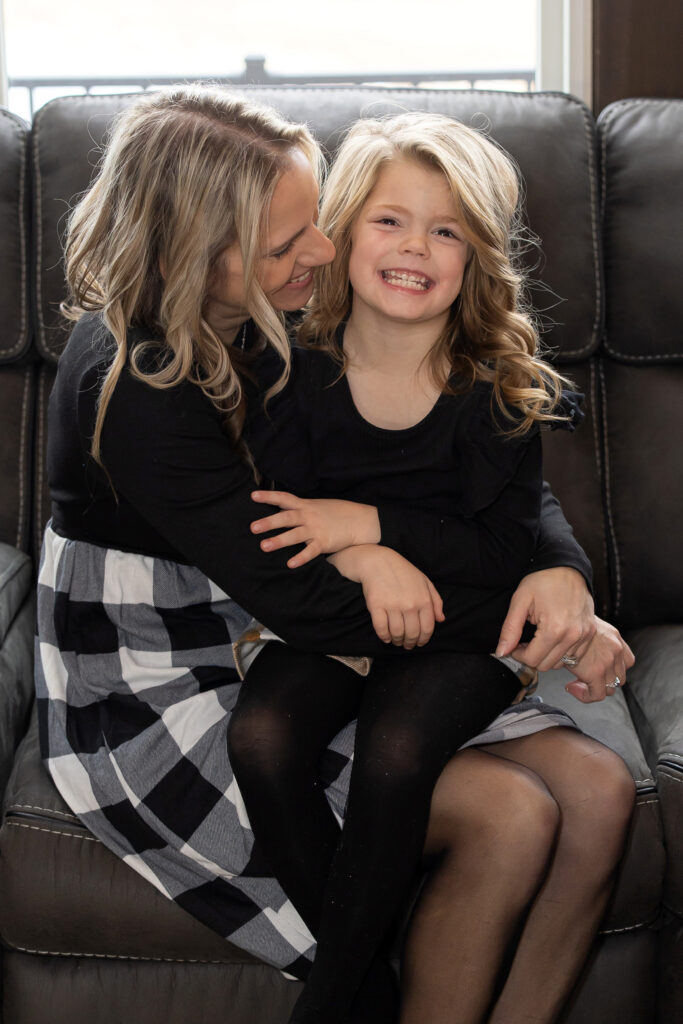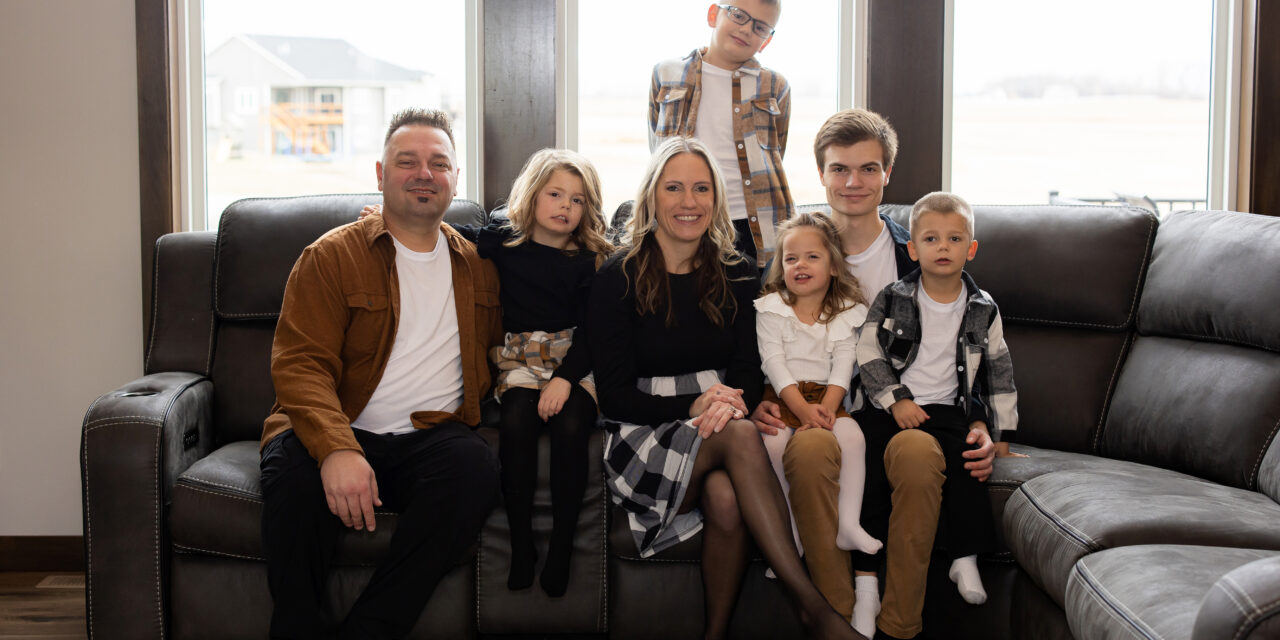This article was printed in the January/February 2025 Issue of ‘hood Magazine. To see this article in print or to read the whole issue, check out the digital issue!
By Thyra Crissey
Life took an unexpected turn for our family when our joyful and vibrant daughter, Magdalyn (Maggie), began exhibiting puzzling and concerning behaviors. A once happy child, Maggie’s world began to change dramatically around the age of three, and we were left confused and worried about what could be wrong.
We used to say that “everyone needs a little Maggie in their life.” But something shifted, and she was not the same. She started displaying unpredictable behaviors, had a regression in language, and became fixated on routines and objects. She also became clumsy, started to tip-toe walk, and even had amnesia-like moments where she couldn’t remember events or objects that were part of her everyday life.
As a psychiatric nurse practitioner, I recognized these patterns as more than just typical childhood challenges. However, pinpointing the underlying cause was no small task. For about a year and a half, I knew something wasn’t right but didn’t know what. After navigating through evaluations and misdiagnoses, Maggie was eventually diagnosed with PANDAS (Pediatric Autoimmune Neuropsychiatric Disorder Associated with Streptococcus), a rare and often misunderstood condition that is estimated to affect 1 in 200 children.


Understanding PANDAS: A Complex Puzzle
PANDAS is triggered by strep infections, leading to an autoimmune response where the body mistakenly attacks the basal ganglia in the brain, causing inflammation. Looking back in her history, she had multiple strep infections year after year, some only a few months apart and several times needing a 2nd or 3rd antibiotic to get rid of it.
For Maggie, this manifested in erratic behavior, regression in skills, and extreme emotional and physical challenges. She became very defiant and even aggressive.
Getting an accurate diagnosis required persistence. I consulted multiple pediatricians and pursued extensive testing. They thought she had ADHD and possibly autism. Ultimately, it was a combination of clinical observation and abnormal bloodwork that confirmed the diagnosis. It is a tough diagnosis as many providers either aren’t familiar with it or dismiss it entirely.
Once diagnosed, we pursued treatments, including IVIG (Intravenous Immunoglobulin) therapy and, eventually, tonsillectomy and adenoidectomy. Each step has brought progress. Maggie’s journey is far from linear, but she is worth fighting for.
Today, Maggie is making strides. We are now three months out from her last IVIG infusion, and we’ve seen consistent improvement. From struggling with noise sensitivity and needing assistance at school, Maggie is now participating in her Christmas program without headphones and enjoying moments of clarity and connection.
Lessons in Advocacy
I’ve become a passionate advocate for Maggie and other children with PANDAS. As parents, it’s our job to speak up for our children. Always follow your gut, despite what others may tell you. You know what is normal and what is not. Listening to Maggie and believing her was an important part of our persistence in finding an answer. Maggie told me, “Mommy, I don’t want to be the naughty girl.” This simple statement fueled my resolve to find answers.
Living this life for three years has shaped my perspective on treating behavioral issues. I get to use my knowledge to help other families identify and navigate PANDAS. I get to be an advocate for other parents and even just an ear on the other line when they need to cry.
During the journey towards a diagnosis, I was struggling to find answers and resources for our little Maggie, and I work in the medical field. I now know better how I can be an advocate for other parents struggling with behavioral health.

Community
Opening up about Maggie’s condition wasn’t easy for my husband and I. Initially, we kept our struggles private, fearing judgment. But when we shared our journey on social media, the outpouring of support was overwhelming. The responses we received were astronomical. Friends, family, and even strangers reached out to offer love, share similar stories, and provide encouragement.
This community support has been a source of strength for our family, reminding us that we are not alone. It’s also inspired me to work toward broader change, advocating for increased awareness and insurance coverage for PANDAS treatments here in South Dakota. These kids deserve a chance to have their childhood like everyone else.
Resources and Hope
For families navigating similar challenges, I recommend resources such as the Pandas Network, Aspire, and the SD PANDAS/PANS Facebook group. Connecting with specialists who understand the condition is crucial. There is a lot to learn, but having the right support makes a difference.
For Maggie, every step forward is a celebration. We are so thankful that she is ours, and I am so excited to see her grow. Others have told us it must be nice to have your little girl back, and honestly, with it happening to her at such a young age, I have to say we are just finally getting to see a taste of who Maggie really is. She is sweet, funny, caring, compassionate, and NOT the naughty, aggressive, or defiant child she was presenting as. Parents, always follow your gut and advocate for your child.





